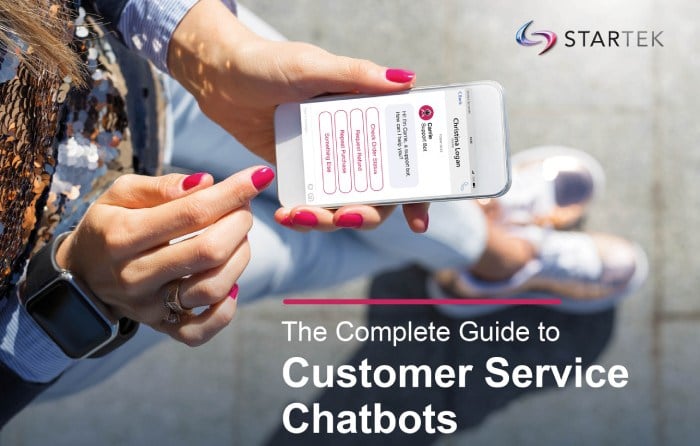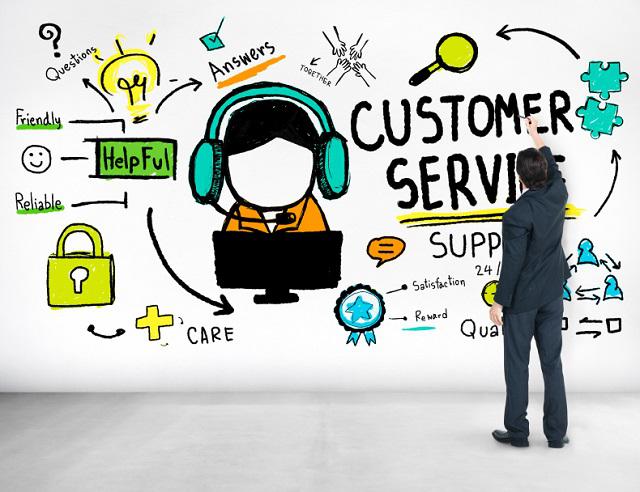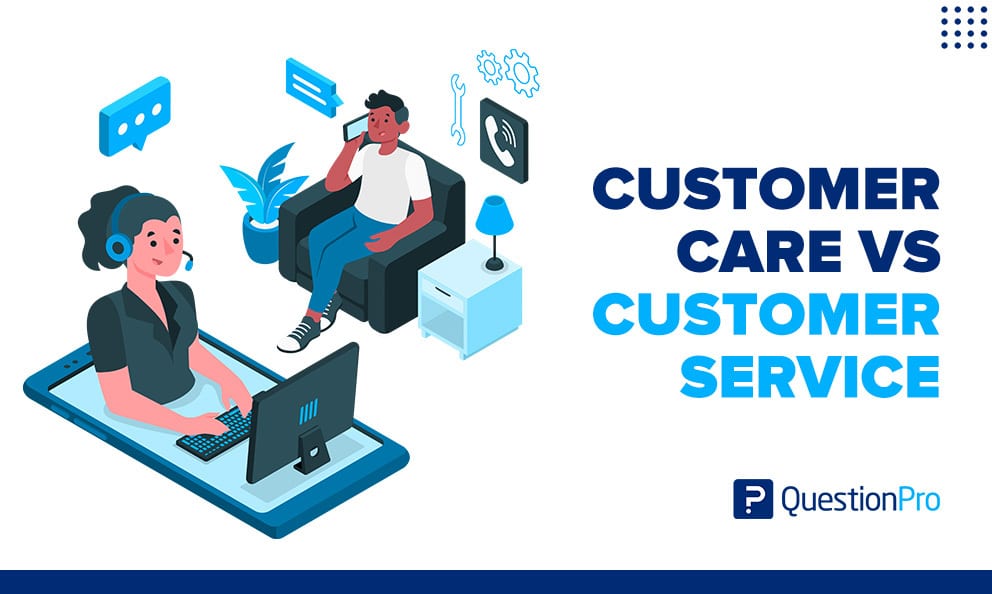Chatbots in customer service are becoming increasingly popular, and for good reason! They’re efficient, automated, and can help you take care of customer service requests quickly and easily. If you’re looking to learn more about chatbots and how they can help you improve your customer service, you’ve come to the right place. This complete guide will teach you everything you need to know about using chatbots in customer service, so you can start offering the best customer service possible.
What is a Chatbot and What Does It Do?

A chatbot is a computer program that can simulate conversation with a user. It uses natural language processing to understand the user’s input and respond with automated messages. By utilizing machine learning, chatbots can understand the context of conversations, analyze user data, and generate responses. Chatbots can be used in customer service to help customers quickly and conveniently find answers to their questions. They can also be used to automate simple tasks, such as booking appointments or taking orders. In short, chatbots can make customer service faster, more efficient, and more personalized.
How chatbots can improve customer service

Chatbots can greatly improve customer service by providing quick and accurate answers to customers’ questions. They can help customers find the information they need quickly, freeing up customer service agents to focus on more complex tasks. Additionally, they can free up resources by taking on mundane tasks such as collecting customer information and scheduling appointments. Furthermore, they provide customers with an interactive and personalized experience, helping to build trust and loyalty with customers. Overall, chatbots provide an efficient and cost-effective way to improve customer service.
Challenges of using chatbots in customer service

Using chatbots in customer service can be a great way to improve customer experience, but there are some challenges that have to be taken into consideration. One of the main challenges is the lack of understanding that chatbots have when it comes to complex queries. They can only provide limited information and, in some cases, even give wrong answers. Another challenge is that people might not be comfortable talking to a machine instead of a human being. This can lead to frustration and customers not being able to get their problem solved. Also, some customers might not understand how to interact with a chatbot, leading to a lack of effective communication.
Tips for avoiding plagiarism in chatbot conversations

When it comes to chatbots, plagiarism is a big issue. To make sure you avoid this, it’s important to make sure that all conversations are original and have not been taken from any other source. To do this, make sure to create your own conversation script rather than copying it from another source, even if it looks similar. Additionally, it’s important to choose language that reflects the personality of your company and make sure to use unique vocabulary and phrasing. If you’re using a template, make sure to customize it so that it is unique to your organization. Finally, make sure to double check all conversations for any potential plagiarism before launching them.
The benefits of using chatbots in customer service

Chatbots offer numerous benefits to businesses when it comes to customer service. They can provide 24/7 support, respond quickly to inquiries, and automate mundane tasks. Plus, they can effectively answer common customer questions, freeing up customer service agents to focus on more complex issues. On top of that, chatbots can collect data from customer interactions and provide insights that can help businesses improve their products and services. By leveraging the power of chatbots, businesses can improve customer satisfaction and reduce customer service costs.





GIPHY App Key not set. Please check settings